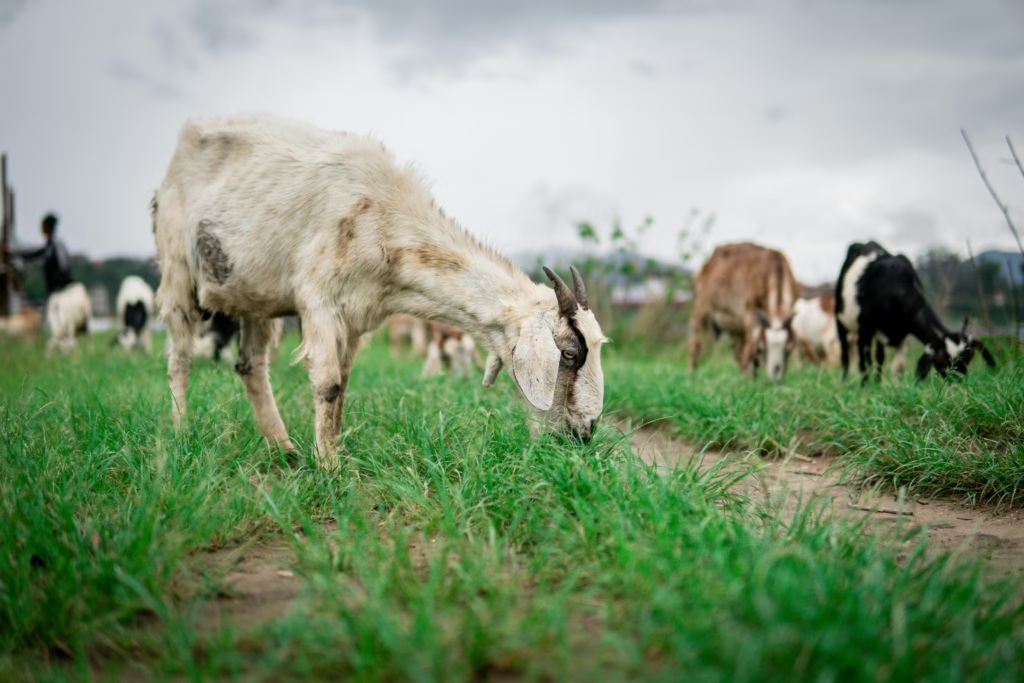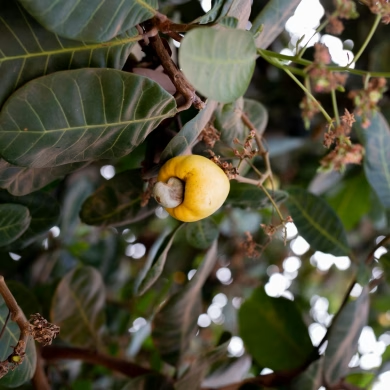
Agriculture is not just about growing food. It’s about sustaining ecosystems, protecting livelihoods, and securing the future. One often overlooked but crucial element of this is biodiversity. In the context of Africa’s vast and diverse landscapes, biodiversity in African agriculture plays an essential role in ensuring resilient food systems, adapting to climate change, and preserving cultural heritage. The more diverse the crops and farming systems, the stronger and more sustainable agriculture becomes.
Understanding Biodiversity in African Agriculture
Biodiversity in agriculture refers to the variety and variability of plants, animals, and microorganisms used directly or indirectly for food and agriculture. This includes crop varieties, livestock breeds, fish species, and the countless organisms that support food production, like pollinators, soil microbes, and pest-controlling insects.
In Africa, biodiversity is not just a scientific concept—it’s a lived reality. Farmers across the continent have, for generations, relied on diverse cropping systems and indigenous seed varieties to navigate changing environments. From the millets of West Africa to the teff of Ethiopia and the wild leafy vegetables of East Africa, biodiversity is at the heart of Africa’s food culture.
Why Crop Variety Matters
Crop variety is a fundamental component of biodiversity in African agriculture. When farmers grow multiple crops or multiple varieties of the same crop, they reduce risks, improve soil health, and create more nutritious diets. Let’s explore how:
1. Resilience to Climate Change
One of the most immediate benefits of crop diversity is increased resilience. Different crops and varieties have different responses to environmental stress. Some may tolerate drought, while others are resistant to pests or diseases. In a continent where climate variability is intensifying, this diversity acts as insurance. A farmer growing just one type of maize is vulnerable to total crop failure. But a farmer growing maize, sorghum, beans, and leafy greens is more likely to harvest something, no matter the weather.
2. Soil Health and Nutrient Cycling
Rotating crops and planting a variety of species improves soil structure and nutrient cycling. Legumes, for example, fix nitrogen in the soil, benefiting subsequent crops. Root vegetables help break up compacted soil, and deep-rooted plants can draw nutrients from below the surface. These interactions are vital for long-term productivity and are only possible through crop diversity.
3. Nutrition and Food Security
Monocultures may yield large quantities, but they often lack nutritional diversity. On the other hand, biodiverse farms produce a range of fruits, vegetables, grains, and legumes that meet varied dietary needs. In rural African communities, where market access may be limited, growing a mix of crops ensures families have access to essential vitamins and minerals.
4. Cultural Preservation
Many traditional African crops are tied to specific communities and food customs. Sorghum, millet, cassava, cowpeas, and indigenous greens like amaranth or spider plant hold deep cultural significance. Preserving biodiversity in African agriculture is not just about science—it’s about maintaining identity, heritage, and ancestral knowledge.
Threats to Biodiversity in African Agriculture
Despite its importance, agricultural biodiversity is under serious threat. Factors contributing to its decline include:
- Industrial Agriculture: The promotion of high-yield monocultures and hybrid seeds often displaces traditional crops and local varieties.
- Land Degradation: Soil erosion, deforestation, and overgrazing reduce the land’s capacity to support diverse plant life.
- Climate Change: Rising temperatures and erratic rainfall are pushing some traditional crops beyond their limits.
- Urbanization: As cities expand, arable land is being converted into non-agricultural use, reducing the space available for diverse farming.
- Loss of Indigenous Knowledge: As older generations pass away and youth migrate to cities, traditional farming knowledge risks being lost.
If these trends continue, the consequences could be severe. Loss of biodiversity means greater vulnerability to pests, diseases, and extreme weather events, threatening food security across the continent.
Solutions: How Africa Can Protect Its Agricultural Biodiversity
Fortunately, there is growing awareness and action around preserving biodiversity in African agriculture. Here are some practical ways this can be achieved:
1. Community Seed Banks
Community-led seed banks are helping preserve indigenous and locally adapted crop varieties. These banks allow farmers to save, exchange, and plant diverse seeds each season, reducing dependence on commercial seed companies and protecting local biodiversity.
2. Agroecology and Intercropping
Agroecological practices emphasize working with nature rather than against it. Techniques such as intercropping, agroforestry, and crop rotation enhance biodiversity while increasing productivity. These methods are being promoted by NGOs, research institutions, and forward-thinking policymakers across the continent.
3. Education and Knowledge Sharing
Documenting and teaching Indigenous knowledge is key to sustaining agricultural diversity. Training programs, radio broadcasts, and school curricula can all play a role in making biodiversity a central theme in African agricultural education.
4. Supportive Policies
Governments must recognize the value of traditional crops and promote their cultivation. This can include subsidies for indigenous seeds, investment in local research, and regulatory frameworks that protect farmers’ rights to save and share seeds.
5. Research and Innovation
Collaborative research that combines modern science with traditional wisdom can lead to new, climate-resilient crop varieties and farming systems. African universities, extension workers, and global partners have a role to play in fostering innovation rooted in diversity.
The Role of Farmers
Ultimately, the guardians of biodiversity in African agriculture are the farmers themselves. Their decisions about what to plant, how to manage their land, and how to pass on knowledge shape the future of agriculture on the continent. By valuing their experience and empowering them with resources, Africa can ensure that biodiversity remains not only protected but celebrated.
Conclusion
Crop variety isn’t a luxury—it’s a necessity. Biodiversity in African agriculture ensures food security, economic stability, ecological balance, and cultural richness. As Africa faces growing environmental and economic challenges, embracing agricultural biodiversity is one of the smartest, most sustainable paths forward.
It’s time to see crop diversity not as an alternative, but as the foundation of resilient agriculture. Protecting it means protecting Africa’s people, future, and the very soil that feeds the continent.










Add comment